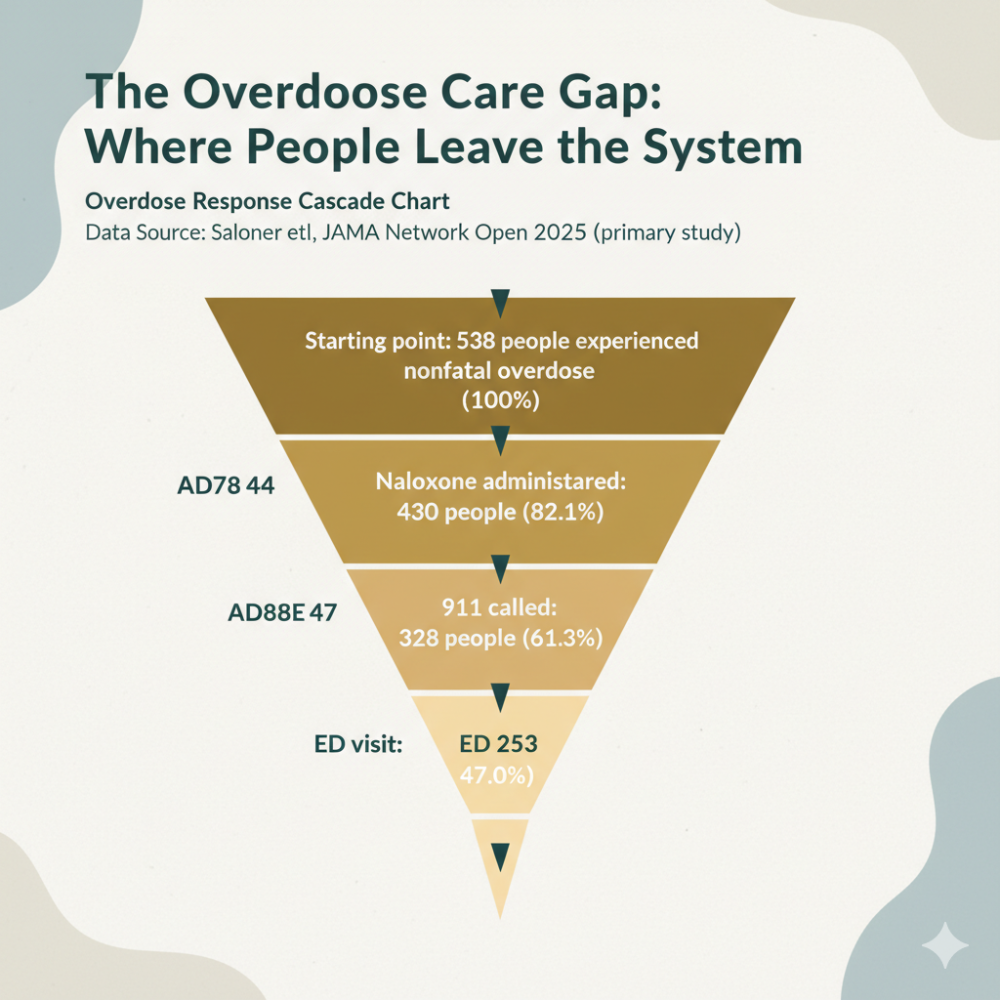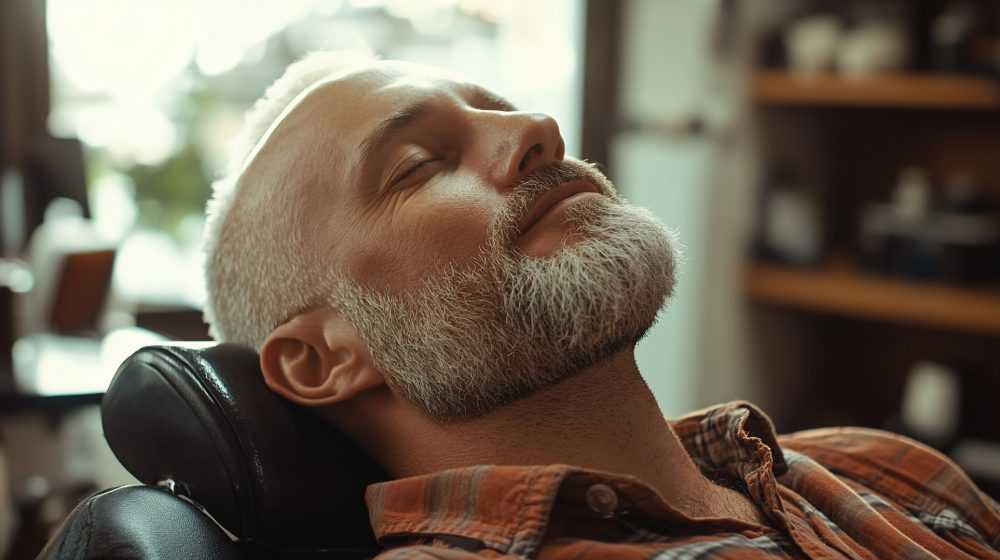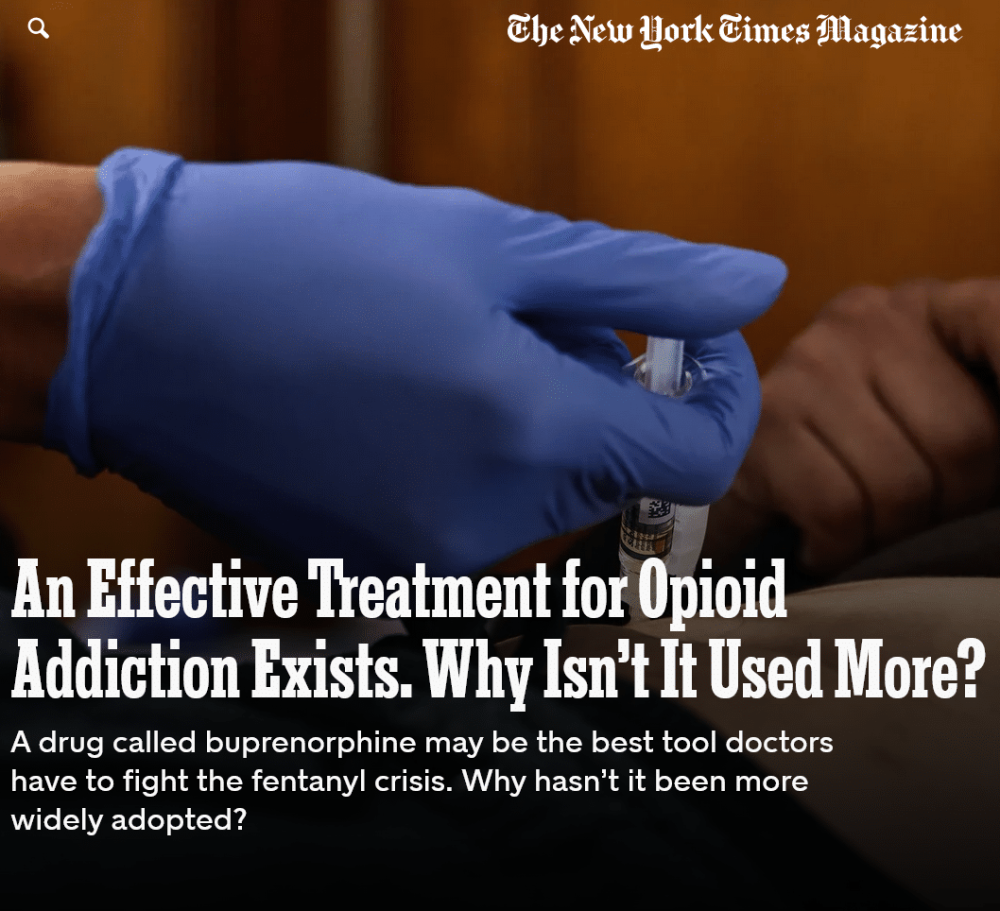Benzodiazepines, widely known as benzos, are prescribed by doctors to treat various mental or physical disorders. However, the Food and Drug Administration (FDA) warns that benzos are highly addictive and potentially dangerous, especially when misused, used long-term, or used with other sedative drugs, opioids, or alcohol.
The concurrent use of benzos and opioids puts users at an increased risk of overdose. The drug combination is dangerous because both drugs depress the central nervous system (CNS), which can slow and even stop breathing, leading to coma or death.1
Unfortunately, the deadly combination is all too common. A 2016 study published in the Journal of Substance Abuse found that two in five people seeking to detox from opioids also had benzos in their system. The most frequently given reasons for using both drugs were to manage anxiety, achieve a more significant “high,” and manage opioid withdrawal.2
People who have not been prescribed benzos value their psychoactive effects, like an uplifted mood, a sense of calm, and mild to moderate euphoria, causing widespread misuse. The DEA warns that abuse is common among heroin and cocaine users, who combine street drugs with benzos to heighten euphoric effects.3
Understanding why people use benzos and how continued use affects the brain and body helps explain why it is so hard to stop using the drug.
Why Do Doctors Prescribe Benzodiazepines?
Benzodiazepines provide a tranquilizing or sedative effect. Doctors prescribe benzos to treat anxiety disorders, insomnia, seizures, muscle spasms, and alcohol withdrawal or use it as a general anesthetic during surgical procedures.
Benzodiazepines are a class of drugs that includes many medications, varying in how quickly they take effect, how long the results last, and their purpose. Some of the most often prescribed benzodiazepines include:
- Lorazepam (Ativan)
- Diazepam (Valium)
- Clonazepam (Klonopin)
- Alprazolam (Xanax)
- Chlordiazepoxide (Librium)
- Triazolam (Halcion)
- Temazepam (Restoril)
- Versed (a short-acting hypnotic-sedative drug often used in surgery)
Side Effects of Benzodiazepines
Benzos can effectively manage anxiety and sleep disorders and are typically safe if used short term and as prescribed. When a person uses benzodiazepines as directed, they may feel sleepy and relaxed and experience mildly impaired coordination. If misused, taken in high doses, or combined with other drugs or alcohol, the side effects can be severe.4
The Drug Enforcement Administration’s (DEA) 2020 edition of “Drugs of Abuse” warns benzos can trigger undesirable, even dangerous, side effects, including, but not limited to, amnesia, hostility, irritability, and vivid or disturbing dreams.5
Depending on how long a person uses the drug and at what dose, side effects may also include:
- Dizziness
- Depression
- Grogginess
- Tremors
- Confusion
- Vision problems
These side effects increase the risk of falls, motor vehicle and other accidents, and vulnerability to sexual abuse.
One benzodiazepine, Rohypnol (roofies), has earned its reputation as a “date rape” drug. Sexual predators use Rohypnol because the drug is odorless and tasteless, making it easy to conceal in food or drink. Once the target becomes incapacitated, they are incapable of fending off unwanted sexual advances.
Older people who take benzos have more adverse reactions than younger individuals. Some researchers believe the risk is higher for senior adults because they often have a slower metabolism which does not clear toxins efficiently, resulting in a toxic build-up.6
Why Is It Difficult to Stop Using Benzos?
Although benzodiazepines are highly addictive, substance use addictions are highly treatable chronic diseases. Understanding how benzos affect the brain helps clarify why the drug is difficult to stop using without professional help.
Are you or someone you love struggling with Benzo abuse?
Contact Us
Benzos Alter Brain Function
Benzodiazepines signal the central nervous system (the brain, spinal cord, and neurons) to slow down and relax. The drug also triggers increased dopamine levels, endorphins, and other “feel good” chemicals, creating a calm, happy, and possibly euphoric sense of well-being.7
Although the brain naturally releases dopamine and other chemicals in response to a positive experience, addictive substances prompt unusually high levels. As the person takes benzos regularly over time, the brain adapts to their presence and demands significantly greater doses to deliver the desired effects. This demand for higher doses is known as tolerance and is the first step to addiction.
Eventually, the part of the brain that regulates mood and happiness fully adapts to the constant presence of the drug and is unable to release mood-elevating chemicals naturally. At this point, an addicted person may be incapable of feeling good, or even “normal,” without a high dose of benzos and may combine it with other substances to increase the positive feelings.
Benzos Help Control Anxiety Disorders
Although the use of benzodiazepines is not a good long-term solution, the drug effectively reduces anxiety in the short term. It can be frightening for people struggling with an anxiety disorder or severe insomnia to face life without the medication.
Patients should discuss alternative treatments for anxiety and other disorders with their health professionals. A comprehensive treatment approach, including medically supervised detoxification, medication alternatives to benzodiazepines, and working with an addiction specialist to help the addicted person address issues fueling their anxiety disorder, increases the chance for long-term recovery.
Fear of Withdrawal Effects
If a person stops using benzos once physical dependence or addiction has taken hold, they will experience withdrawal effects ranging from mild to severe. Some withdrawal effects can be life-threatening, making it critical that withdrawal is always medically supervised.8
Fear of withdrawal makes many people reluctant to quit an addictive substance. The severity and duration of withdrawal depend on dosage history, how long the person has used the drug, whether they are using other drugs or alcohol concurrently, and whether they have co-occurring physical or mental health issues. Symptoms of withdrawal from benzos may begin within 24 hours of the last use and can continue for days, weeks, or even months.
It is dangerous for anyone to quit benzos on their own “cold turkey.” Medically supervised detoxification keeps patients safe and as comfortable as possible while undergoing withdrawal.
Shame and Stigma of Addiction
Even though addiction is a chronic disease, like diabetes or arthritis, those dependent on drugs or alcohol have been unfairly stigmatized for decades. When others view addiction as a weakness or moral failure, it may be difficult for the addicted person to seek treatment.
The more people understand how addiction occurs and how difficult it is to break the cycle, the easier it is to feel compassion for those with a drug or alcohol dependency and offer them the support they deserve.
Gallus Medical Detox Center
Most experts agree that detoxification, psychotherapy, and medication management are proven to yield the best chances of long-term recovery from misuse of benzodiazepines and other addictive substances.
The expert, compassionate team at Gallus Detox fully appreciates how hard it is for people to stop using benzodiazepines. Wondering how they will manage their anxiety, fear of withdrawal, shame, fear of being stigmatized, and the daunting process of returning the body and brain to health can stop many from seeking the help they need.
At Gallus Detox, we seek to allay those fears. We have developed the Gallus Method for safe, effective benzodiazepine detoxification using the latest evidence-based research and proven medical protocols. Our process allows patients to taper their use of benzos, making the process more comfortable and less daunting.
Because weaning from benzos should be a slow, careful process, patients may still be taking a tapering dose when they are ready to enter a residential treatment center. Many rehabs refused to admit patients still on any addictive substance in the past. Fortunately, that has changed, and many treatment facilities will allow a patient to begin therapy while weaning from benzos.
The clinical expertise at Gallus is unsurpassed. We ensure each patient tapers from benzos at the pace that is right for them and that when they leave Gallus, they are ready for a quality residential treatment facility that best fits their needs.
Contact Gallus Medical Detox for information on benzodiazepine detoxification.
Sources
- https://nida.nih.gov/drug-topics/opioids/benzodiazepines-opioids
- https://www.ncbi.nlm.nih.gov/pmc/articles/PMC4955948/
- https://www.dea.gov/factsheets/benzodiazepines
- https://adf.org.au/drug-facts/benzodiazepines/
- https://www.dea.gov/sites/default/files/2020-04/Drugs%20of%20Abuse%202020-Web%20Version-508%20compliant-4-24-20_0.pdf
- https://www.mayoclinicproceedings.org/article/S0025-6196(16)30509-2/fulltext
- https://www.ncbi.nlm.nih.gov/pmc/articles/PMC3684331/
- https://pubmed.ncbi.nlm.nih.gov/7841856/


 Steve B
Steve B 
